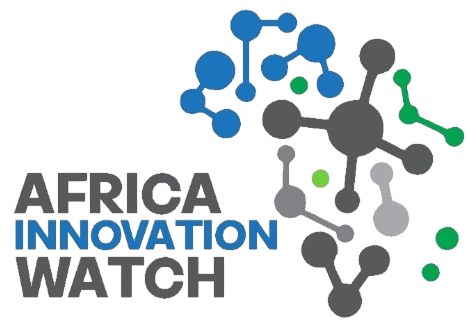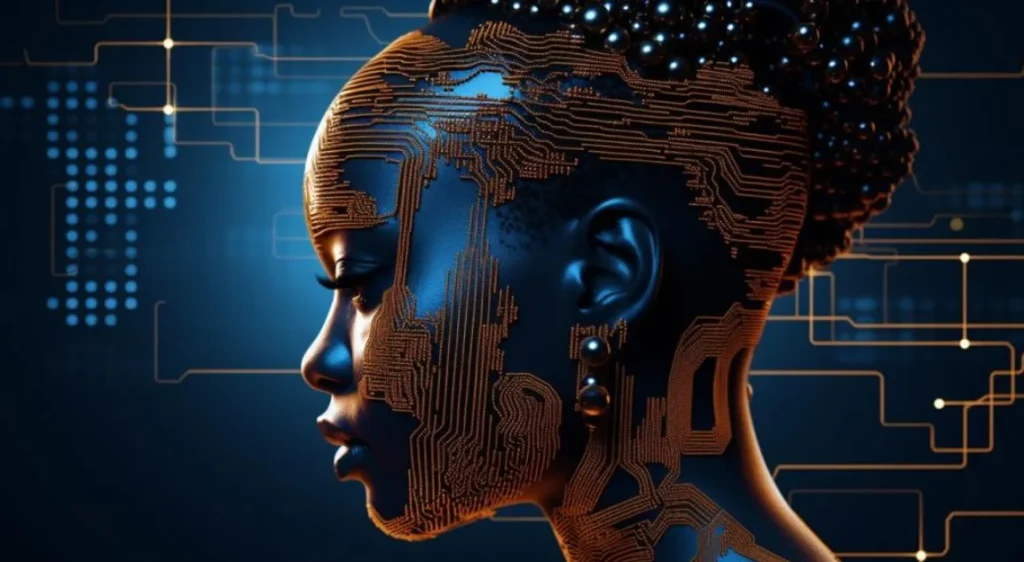The Federal Reserve Bank of New York has reported that the rapid adoption of artificial intelligence (AI) across businesses in its district has not significantly reduced employment so far. Instead of triggering large-scale layoffs, AI has mostly led to employee retraining and upskilling, according to a blog post published on Thursday.
AI Adoption on the Rise
According to the Fed’s survey, 40% of services firms reported using AI in the past year, a sharp increase from 25% in the previous year. Similarly, AI adoption among manufacturers rose from 16% to 26%. Looking ahead, nearly half of services firms and a third of manufacturers expect to integrate AI into their operations within the next six months.
Limited Job Losses So Far
Despite concerns that AI would displace large numbers of workers, the New York Fed found little evidence of AI-driven layoffs.
- Businesses reported minimal AI-induced job cuts.
- Workers are more likely to undergo retraining than lose their jobs.
- Current AI adoption trends mirror the Fed’s findings from last year.
The Fed noted that while AI is reshaping tasks and processes, employment levels remain largely stable at this stage.
Future Job Market Risks
While the immediate impact on jobs has been modest, the Fed cautioned that this trend may not hold in the future. As AI becomes more deeply embedded in business operations, firms anticipate more significant layoffs and scaled-back hiring.
This aligns with broader economic concerns that AI could eventually affect higher-paid professional and managerial roles, potentially reshaping labor demand in knowledge-based industries.
Investor Interest vs. Job Security
Investor confidence in AI remains strong, with billions being funneled into AI research and infrastructure. However, these investments come at a time when the labor market is already showing signs of softness, raising questions about how long the current balance between AI growth and job security can last.
Final Thoughts
The New York Fed’s findings suggest that AI has so far been a tool for efficiency and retraining rather than mass layoffs. But as adoption accelerates, the long-term impact on jobs remains uncertain. Businesses may face difficult choices as they balance innovation with workforce stability in the coming years.










